Tag: ARDS
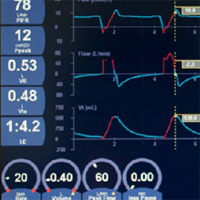
Driving Pressure Is Associated with Outcome during Assisted Ventilation in ARDS
In patients with Acute Respiratory Distress Syndrome (ARDS), plateau pressure, driving pressure, and respiratory system compliance can be measured during assisted ventilation, and both higher driving pressure and lower compliance... read more

Outcomes of ARDS in Mechanically Ventilated Patients With Cirrhosis
Acute respiratory distress syndrome (ARDS) is common in mechanically ventilated patients with cirrhosis but is not independently associated with increased mortality. The mean age in 181 eligible patients was 53 ± 11 years;... read more
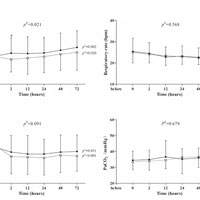
Noninvasive Ventilation in Pneumonia-induced Early Stage Mild ARDS
Treatment with noninvasive ventilation (NIV) did not reduce the need for intubation among patients with pneumonia-induced early mild acute respiratory distress syndrome (ARDS), despite the improved PaO2/FIO2 observed with... read more
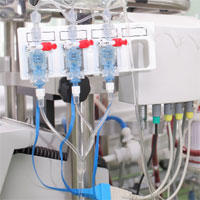
Mechanical Ventilation Management during ECMO for ARDS
Ultra-protective lung ventilation on ECMO was largely adopted across medium to high case-volume ECMO centers. In contrast with previous observations, mechanical ventilation settings during ECMO did not impact patients' prognosis... read more
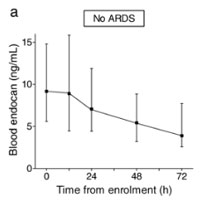
The Complex Kinetics of Blood Endocan During the Time Course of Sepsis and ARDS
This study highlights the kinetics of endocan in severe sepsis and acute respiratory distress syndrome (ARDS), thus helping to understand the apparently conflicting results observed in the literature. However, the interpretability... read more
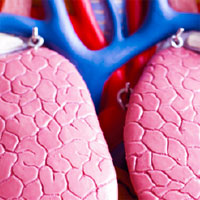
Procalcitonin-Guided Use of Antibiotics for Lower Respiratory Tract Infection
The provision of procalcitonin assay results, along with instructions on their interpretation, to emergency department and hospital-based clinicians did not result in less use of antibiotics than did usual care among patients... read more

Physical Rehabilitation in the ICU
Survivors of critical illness frequently experience poor physical outcomes, including persistent impairments in muscle strength, exercise capacity and physical function. In this article, we review these impairments and... read more
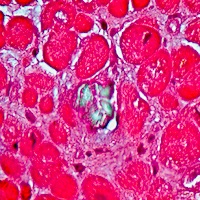
Oxalate Nephropathy Following Vitamin C Intake within ICU
Compelling evidence obtained from in-vitro and animal studies suggest that vitamin C, a circulating antioxidant, may be a valuable adjunctive therapy in critically-ill patients. Data from humans are more conflicting.... read more

Evaluating Delivery of Low Tidal Volume Ventilation in Six ICUs Using Electronic Health Record Data
Despite low mean tidal volume in the cohort, a significant percentage of patients were exposed to a prolonged duration of high tidal volumes which was correlated with higher mortality. Detailed ventilator records in the... read more
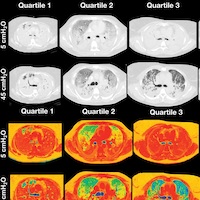
Lung Recruitability in Severe ARDS Requiring ECMO
Significant variability in potential for lung recruitment in patients with severe acute respiratory distress syndrome (ARDS) requiring extracorporeal membrane oxygenation (ECMO). 47 adults with severe ARDS requiring ECMO... read more
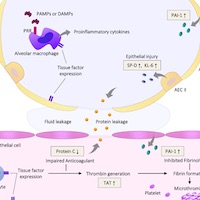
Biomarker Profiles of Coagulopathy and Alveolar Epithelial Injury in ARDS
Coagulopathy and alveolar epithelial injury were observed in both patients with direct common risk factors (dARDS) and with idiopathic or immune-related diseases (iARDS). However, their biomarker profiles were significantly... read more
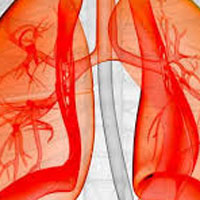
Does high PEEP prevent alveolar cycling?
Acute respiratory distress syndrome (ARDS) patients need mechanical ventilation to sustain gas exchange. Animal experiments showed that mechanical ventilation with high volume/plateau pressure and no positive end-expiratory... read more
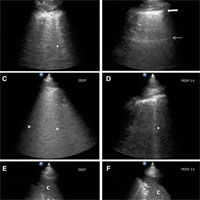
Ultrasound for Lung Monitoring of Ventilated Patients
In the intensive care unit, patient lung ultrasound provides accurate information on lung morphology with diagnostic and therapeutic relevance. It enables clinicians easy, rapid, and reliable evaluation of lung aeration and... read more
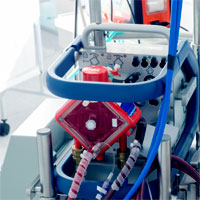
How Best to Set the Ventilator on Extracorporeal Membrane Lung Oxygenation
Mechanical ventilation and extracorporeal support are marginally integrated. The best environment for lung healing – complete lung collapse or protective ventilation strategy or fully open and immobile lung (all three conditions... read more




